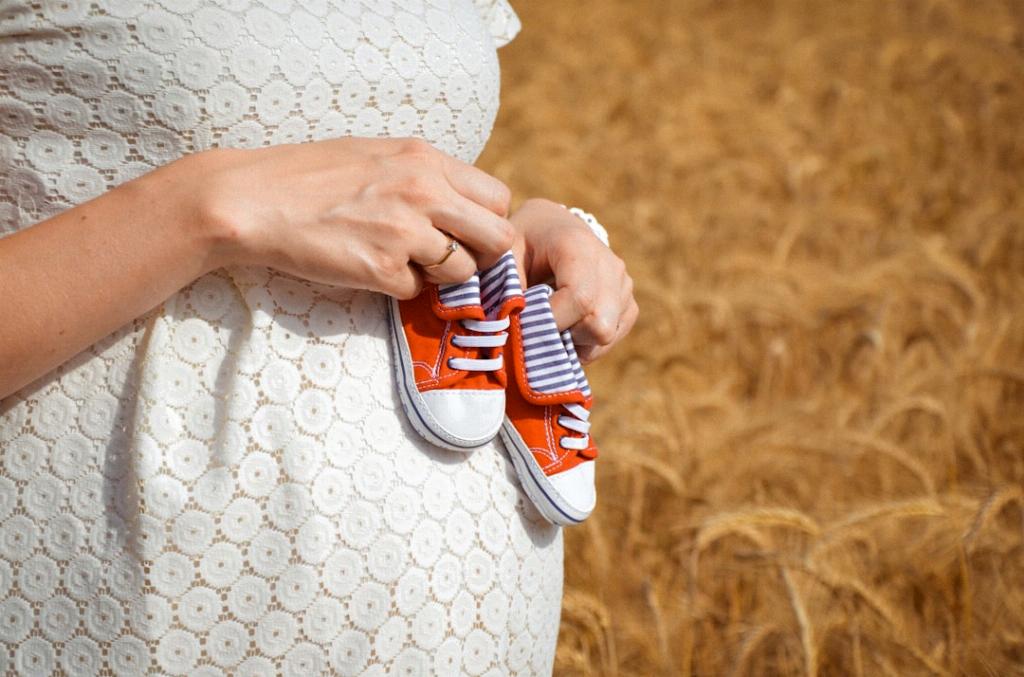When it comes to discussing the miscarriage rate for uterine septum, it is crucial to look at the available data and research on this topic. A recent study has provided some significant insights into the incidence of miscarriage among individuals with a septate uterus, shedding light on this important aspect of reproductive health.
The study in question examined all pregnancies in a specific population with congenital uterine malformations, focusing on individuals with a septate uterus. The findings revealed that there was a 25.5% incidence of early miscarriage (occurring before 13 weeks of gestation) among this group.
Moreover, the research also highlighted a 6.2% incidence of late miscarriage (taking place between 14 and 22 weeks of gestation) in individuals with a septate uterus. These statistics underscore the increased risk of miscarriage associated with uterine septum.
It is important to note that the incidence of miscarriage in the general population is lower than the rates observed in individuals with a septate uterus. Understanding these statistics can help healthcare providers better assess the risks and provide appropriate care and support to individuals with this uterine anomaly.
Furthermore, the study’s findings emphasize the importance of early detection and management of uterine septum in individuals of reproductive age. Timely intervention and treatment can help reduce the risk of miscarriage and improve overall pregnancy outcomes in this population.
Individuals with a septate uterus who are planning to conceive or are already pregnant should consult with their healthcare providers to discuss potential risks and develop a tailored management plan. This personalized approach is crucial in optimizing maternal and fetal health during pregnancy.
Given the increased risk of miscarriage associated with uterine septum, individuals with this condition should receive comprehensive prenatal care and monitoring throughout their pregnancy. Close attention to fetal well-being and maternal health is essential in managing the concerns related to miscarriage.
Education and awareness regarding the risks of miscarriage in individuals with uterine septum are key in promoting informed decision-making and proactive healthcare-seeking behavior. Empowering individuals with knowledge about their condition can lead to better pregnancy outcomes and maternal well-being.
In conclusion, the data from the study highlight the elevated risk of miscarriage in individuals with a septate uterus. By understanding these statistics and implementing appropriate measures for detection and management, healthcare providers can work towards mitigating the risks and supporting individuals with this uterine anomaly on their journey to parenthood.

